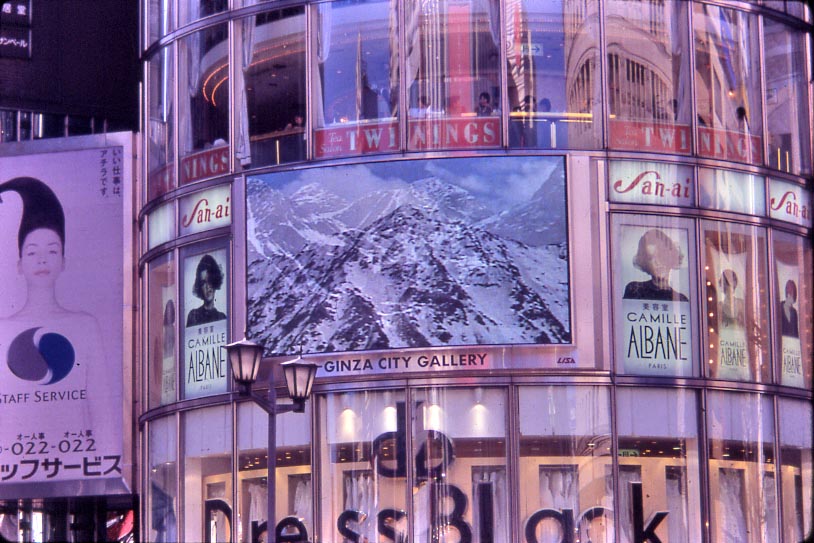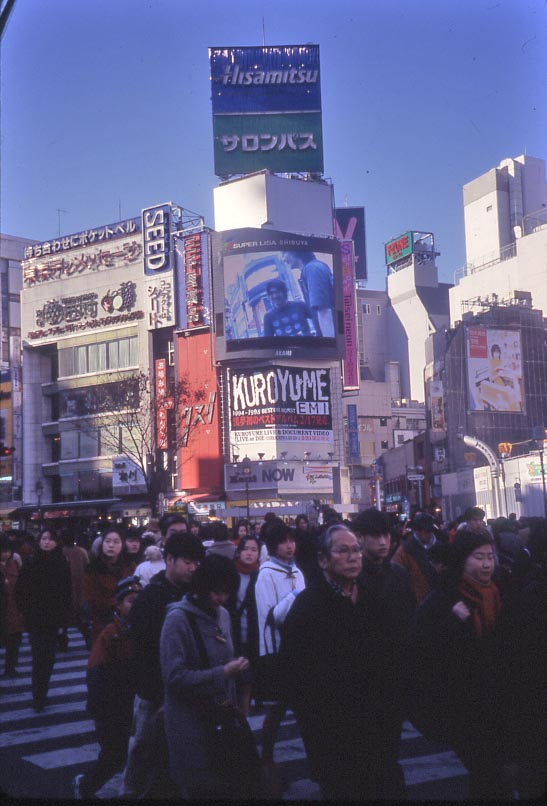One of the things that we consistently stress is the need to travel and study varied urban conditions. We believe by studying these conditions that we can inform our projects and extend our experience and specialization beyond our own work. Being able to take an objective look at anonymous works around the global provides us the opportunity to critically analyze these places and transform our analysis into useful lessons.
We have always been intrigued by Asian cities based on our experiences studying and visiting them. The very different cultures and approaches to urbanism is a cause of constant fascination. This is the first of two posts examining our two favorite Asian cities: Tokyo, a city of fascinating energy and Hong Kong, the Forgotten City in China’s ascent to the world stage. This post highlights our urban observations from the planet’s largest megalopolis and its unique brand of public space.
Tokyo: Lights, Cameras, Action
Tokyo exemplifies many elements that provide a vision for the nature of the city of the future. “Tokyo” is actually a conglomeration of urban areas that stretches from Tokyo station in the heart of the Ginza entertainment district through the port town of Yokohama to the former capitol Kyoto and Osaka. In many ways it approximates the nature of a city-region such as Los Angeles (of course, on a much more urbanized level) connected by Shinkassen (high speed railway) as opposed to congested freeways.

The giant video walls play an even more prominent role in the creation of new urban space. They in effect take the place of the monuments of old. Throughout the latter part of the twentieth century designers have struggled with the proper expression of the memorial. Ever since the Vietnam Memorial on the Mall in Washington D.C. by Maya Lin the debate has raged on as to whether monuments within public spaces should be figurative or abstract. The Japanese urban space turns this debate on end. It replaces the “statue” and the “sculpture” with overwhelming technological expression. Essentially the relationship between memorials and primary public space is erased. Monuments are for more formal or sacred spaces. The new, informal public space looks to technology for its organization and sense of appropriate order, or lack thereof.



In part two we will look at Hong Kong, which, due to its history, provides a counterpoint to both the Tokyo model AND the models being put forth for other Chinese cities.

